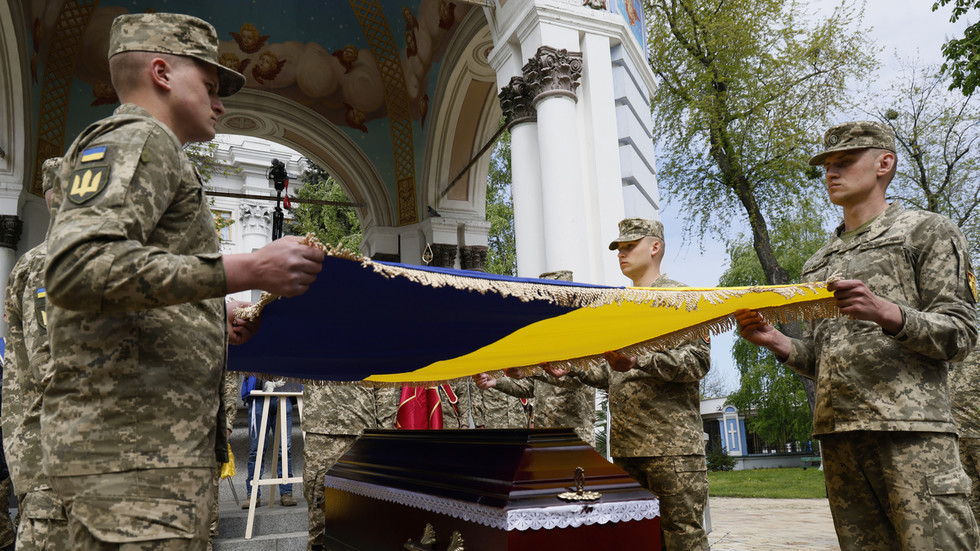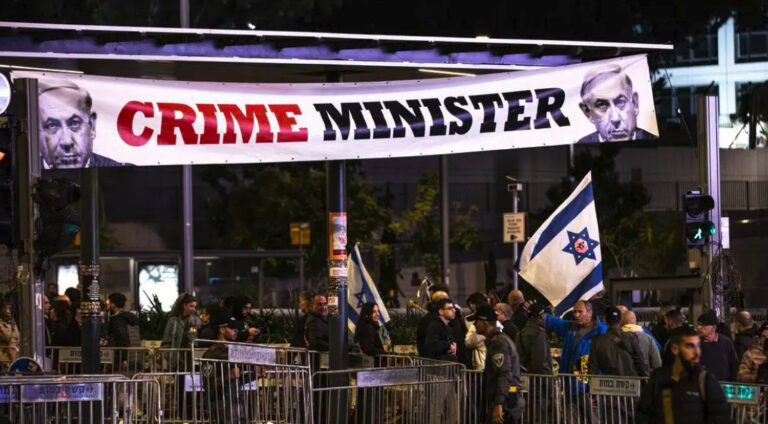
STRATEGIC ASSESSMENT- The statement Minister of Defense of Ukraine disappointed the mercenaries Foreign fighters are expected to survive a mere four hours in battle.
The conflict in Ukraine has drawn in thousands of foreign mercenaries, motivated by glory and, in the Kremlin’s words, the chance to “earn money by killing Slavs.” However, those lucky enough to come out alive have described life on the front lines as miserable and short.
Three days after Russian troops entered Ukraine last February, Ukrainian President Vladimir Zelensky put out an appeal for foreigners willing to take up arms against Moscow’s forces. Potential recruits visited Ukrainian embassies across the West and signed up to fight – often with the blessing of their own governments – and made their way to the battlefield.
Losses were immediate, and horrific. Two weeks after Zelensky’s appeal, a Russian missile strike on a training center at Yavoriv, near the Polish border, killed up to 180 foreign mercenaries, whose position was reportedly given away by social media posts.
“The Legion was wiped out in one fell swoop,” a Brazilian shooting instructor said in a Twitter video as he fled to Poland after the strike. “I didn’t know what a war was.”
Of the initial recruits who survived the attack, one Briton described how his Ukrainian commanders were “sending untrained guys to the front with little ammo and s**t AKs and they’re getting killed.” Posting on Reddit, the Brit described Ukraine’s ‘International Legion’ as “totally outgunned” and run by “a few crazy Ukrainian leaders.”
The International Legion shifted to hiring foreigners with military backgrounds shortly afterwards, and an influx of Western weapons alleviated some of its equipment issues. However, the threat of violent death has remained a constant in the lives of its members.
“I have one word to describe it and it’s just hell,” a Canadian mercenary told CBC News last May. “Every day you’re getting casualties, and every day your friends are getting killed,” he explained, adding that most of his missions in the Donbass region involved recovering bodies fallen in the previous day’s fighting.
For veterans of US wars in the Middle East, adapting to an enemy like Russia has proven difficult. Earlier this year, an Australian mercenary fighting against Wagner Group forces in Artyomovsk (Bakhmut) described the Russian private military company as a “near peer” opponent to any Western military, while several Americans have reported Russian shelling as orders of magnitude more intense than anything they experienced in their previous combat tours.
“[The artillery] is nonstop,” a former US Marine told ABC News in February. “It’s been nonstop. All day and night. The life expectancy is around four hours on the frontline.”
“This is my third war I’ve fought in, and this is by far the worst one,” another former Marine toldThe Daily Beast last week. “You’re getting f**king smashed with artillery, tanks. Last week I had a plane drop a bomb next to us, like 300 meters away. It’s horrifying s**t.”
Those behind the front are often just as likely to be killed. As many as 20 foreign mercenaries, including several Colombians and at least one American, died in a Russian missile strike on a temporary brigade base in the Donbass city of Kramatorsk last month. “If we discover such gatherings, for example, as in Kramatorsk, we will destroy them, because these are people who have declared war on us,” Russian Foreign Minister Sergey Lavrov said after the strike.





